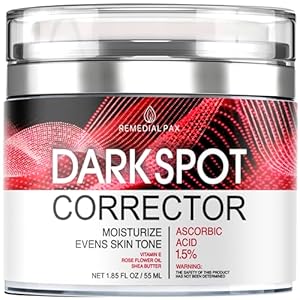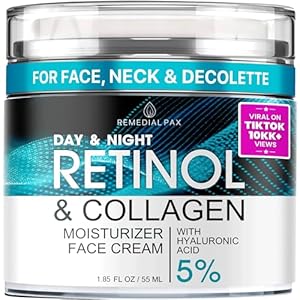
High levels of the circulating amino acid homocysteine are regarded as a risk factor for the development of atherosclerosis. It can occur due to dietary deficiency, particularly in B vitamins, but since elevated levels are fairly common in later life there are clearly other contributing factors. Well established approaches based on diet and supplements do exist to attempt to lower homocysteine levels. Researchers here provide evidence in an animal model for raised homocysteine to also contribute to the stiffness of arteries. Blood vessel stiffening can induce hypertension, which in turn can accelerate the growth of atherosclerotic plaques in blood vessel walls, and also increase the risk of plaque rupture to cause a heart attack or stroke.
Hyperhomocysteinemia, an elevated level of homocysteine in the blood, is an independent risk factor for atherosclerosis and, more generally, cardiovascular disease. However, its relationship with aortic biomechanics has not been investigated yet. To better understand the influence of elevated homocysteine levels on aortic biomechanics, we propose an animal model in which hyperhomocysteinemia, hypercholesterolemia, and their combination were induced in rabbits by balloon injury of the abdominal aorta, special diets, and intravenous homocysteine injections.
The effects of a diet deficient in B vitamins and choline, which are required for homocysteine degradation, a cholesterol-rich diet, their combination, and increased homocysteine concentration are investigated in relation to abdominal aortic biomechanics in rabbits. For this purpose, equibiaxial and non-equibiaxial extension tests were carried out, and the influence of risk factors on the stress-stretch relationship, mechanical anisotropy, and tissue inelasticity is discussed. The mechanical characterization of the tissue was supported by microstructural histological analyses.
Our study reveals that deficiency of B vitamins and choline cause aortic stiffening even in the absence of hypercholesterolemia, suggesting a possible independent role in the development of atherosclerosis. Further increasing homocysteine concentration through intravenous injections in rabbits fed B vitamins and choline-deficient diet also results in a stiffer stress response and more pronounced inelastic phenomena with respect to the control group.
Trending Products











